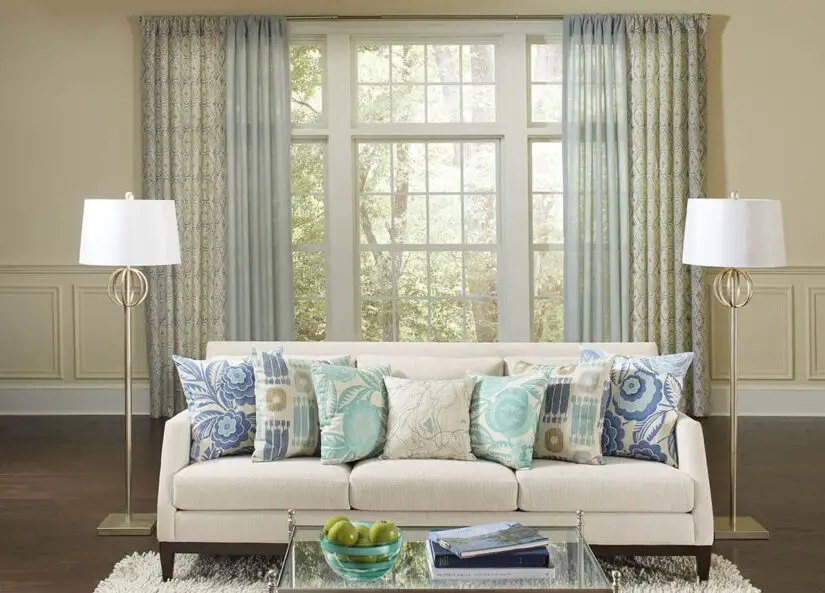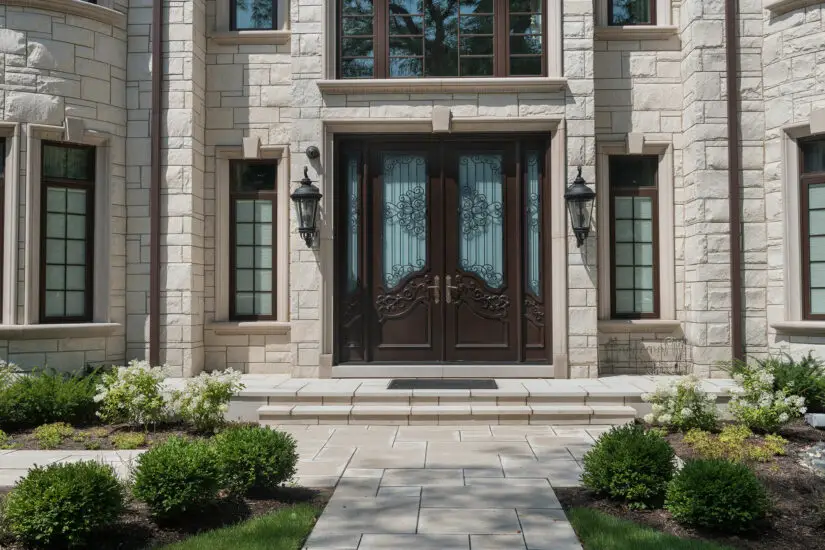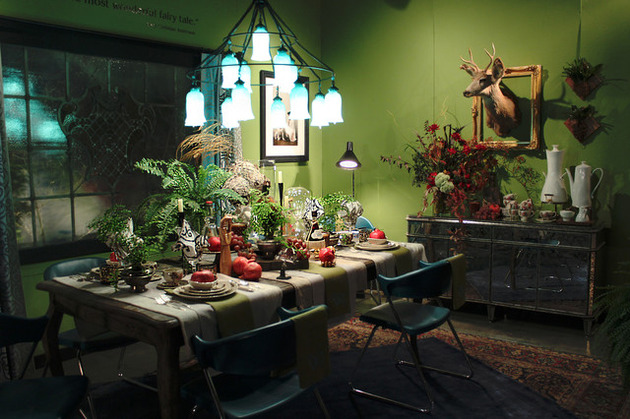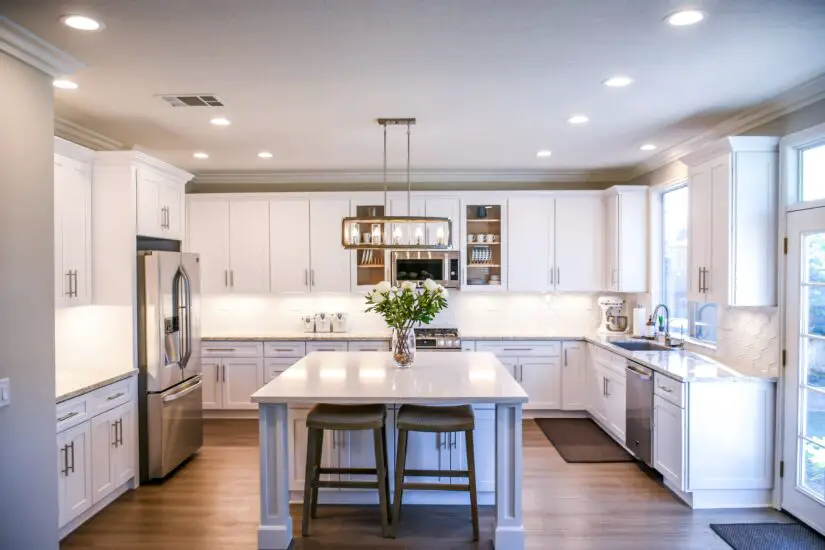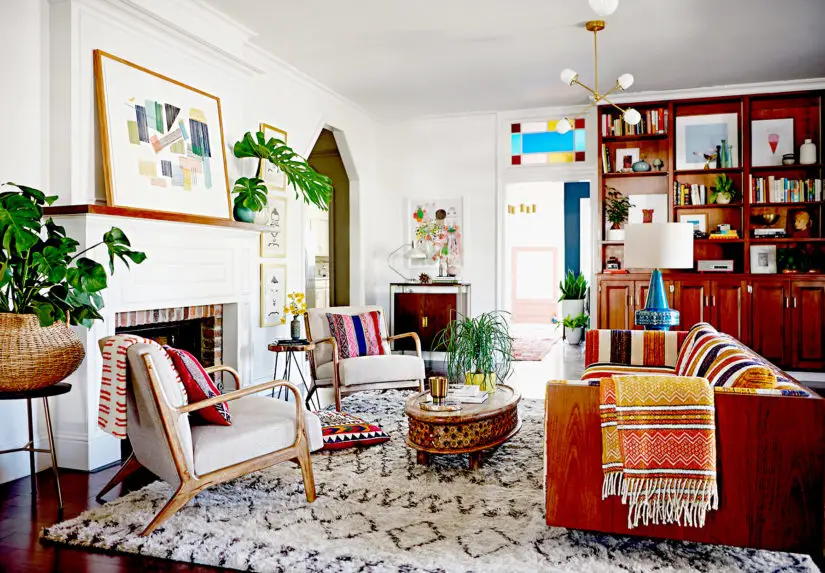Have you ever been in a room and felt like something was missing? The room appears and feels flat to your eyes and ears despite this. Fabric interior design elements, such as color schemes, wallpaper patterns, furniture, and ornamental objects, are included.
Choosing the right furniture and accessories and painting the walls are just part of the process of interior design. Selecting the proper textiles is also critical. Selecting the appropriate materials for your home’s interior can help you achieve a timeless look.
However, the harsh truth is that life isn’t always what it seems to be. The texture is seldom considered while designing a home’s interior. The reality is that a room’s visual appeal is primarily dependent on its level of consistency.
Why Silk Is Fabric Interior Design Ideal for Home Furnishing
Owing to its regal appearance and feel, silk is one of the traditional and sought-after materials utilized in home décor. Although silk is expensive to acquire and pricey to keep, it offers its own set of perks.
Its polished texture and robust characteristics make it a suitable option for home décor. Staying cooler in summers and warmer in winters is another benefit. To give your house interior a royal and opulent sense and appeal, here are some methods you can utilize silk at your home.
Texture In Interior Design
Texture is a term used in interior design to describe the feelings felt by the sense of touch due to the exterior surfaces of things. It simply refers to the sensation of anything, such as stepping on a plush carpet or resting your feet on a rigid wooden tabletop. You’ll be able to sense things even if you’re not touching them this way.
The relevance of texture in supporting the space’s purpose cannot be overstated. Adding visual weight and balance to a room enhances the overall design experience. It is possible to obtain the required texture in your room using materials like slipcovers, throw pillows, and blankets.
Available Fabrics For Your Home
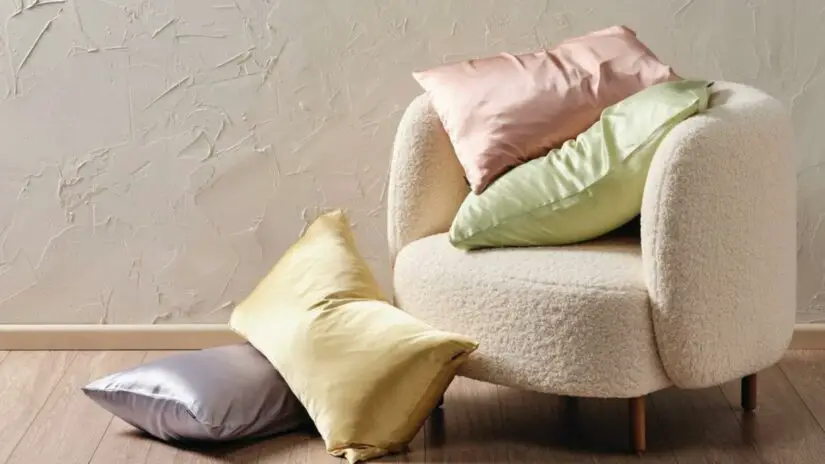
Several materials can add a splash of color to your decor. Cotton, silk, linen, and wool are preferred materials. Rayon, acrylic, nylon, polyester, and acetate are examples of synthetic textiles. Natural and artificial materials are often found in most households.
There are several reasons why people choose to use cotton for anything from upholstery to curtains: it’s robust, breathable, and inexpensive.
Silk is another well-known option, although it’s a lot more pricey and opulent. Rugs and decorative cushions may be made from this material.
Casual and airy, linen has a calming effect on the senses. It’s easy to wrinkle and stain-resistant.
Wool is one of the most challenging and long-lasting materials you can use. At times, the material might be irritating and unpleasant.
The most typical material for window coverings is rayon because it hangs nicely. In humid places, however, the cloth has a propensity to shrink.
The durability and long-term usefulness of nylon are likewise well-known. However, since the fabric is not porous, it may not be very comfortable.
Polyester, a synthetic fiber, is another main upholstery fabric. Although stain- and fade-resistant, this fabric interior design isn’t as long-lasting as nylon or wool.
Mixing Fabrics And Patterns
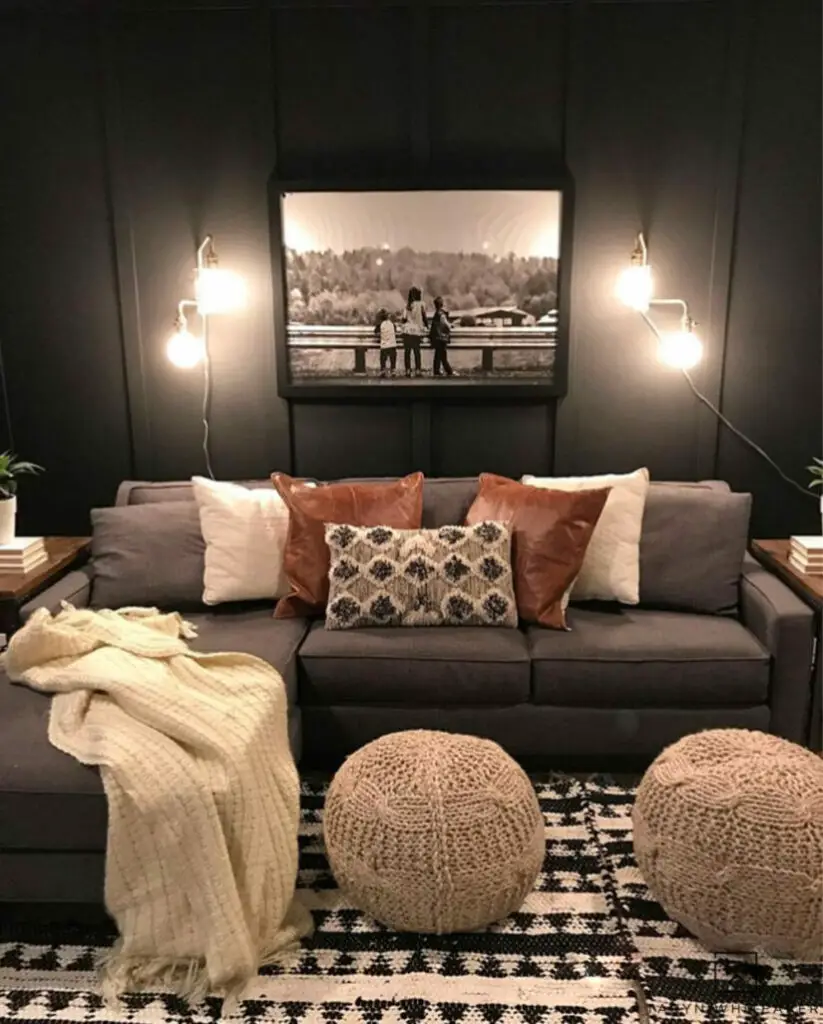
Patterns and textures may be layered to create a more sophisticated look in design. Stick to three patterns or textures at a time. Build your color scheme around a favorite fabric or a handful of famous textiles. The style should be varied.
Additionally, you may alter the pattern’s scale. Choose a minor stripe or geometric design if you like huge florals, and vice versa if you want them. You may also go with hues that contrast each other, such as plum and yellow or teal and orange.
You should avoid significant patterns in large spaces since they might overpower the area and give the impression that it is smaller. In addition to stripe orientation, there are other factors to consider. For small rooms, horizontal stripes make the space seem more significant, while vertical lines raise the ceiling.
Natural Fabrics
Natural fibers make these textiles, generally derived from animal or plant sources. The most typical raw materials used in home decor are listed below.
Home fabric interior design furniture is often made of cotton because of its versatility and widespread usage. This fabric is available in various weights, from budget-friendly to opulent. Cotton is a long-lasting fabric that is very easy to work with.
It is stain and fade-resistant, and certain things can be machine-washed, making it an excellent choice for household use. It is, on the other hand, prone to wrinkling and staining.
Silk is a high-end alternative that lends a sumptuous feel to a room. Use it in formal settings or locations that are seldom utilized. You must handle the pricey cloth with child gloves because it is not stain-resistant, and the fibers deteriorate over time when exposed to sunshine or moisture.
Soft, comfy, and resistant to pilling or fading, linen is suitable for bedding and clothing. It’s a great approach to give the room a more natural feel while adding visual intrigue. It’s best to get your linen linens professionally cleaned since they wrinkle quickly and shrink.
Leather and suede: Leather and suede are exceptionally sturdy options that can withstand wear and tear and stains. Colors, textures, and grain finishes are available in a wide range of hues. Leather that is properly cared for may endure for a very long time. Leather softens and has a distinct personality as it ages.
In general, synthetic materials are more durable and stronger than natural fabrics—Ador Furnishings by Asian Paints, used with permission.
Like a worn-out pair of pants that still fit, suede, a different kind of leather, is softer and more velvety in appearance. The downside is that it’s very stain-prone and needs attention.
Wool: This choice is thicker, drapes better, and may be used in various ways. This is a fantastic alternative if you have children or pets since it’s stain-resistant and won’t pill. Wool blankets and rugs may acquire an unpleasant odor if they are wet, so avoid this.
